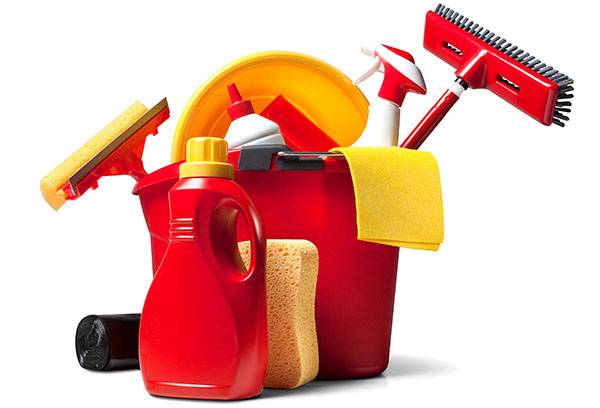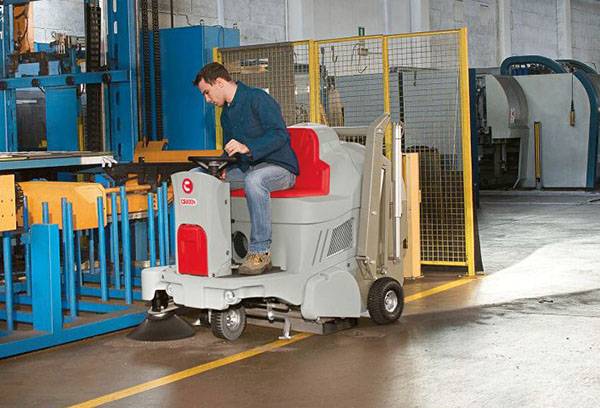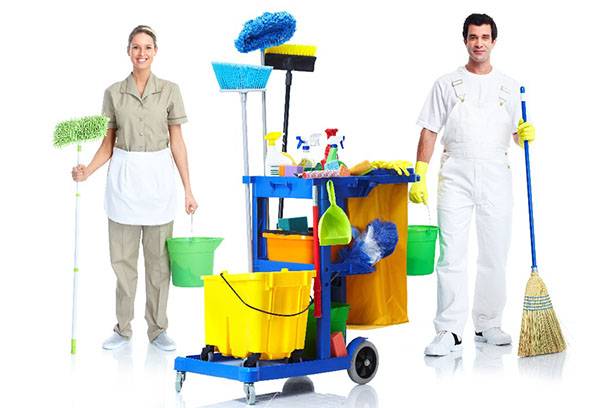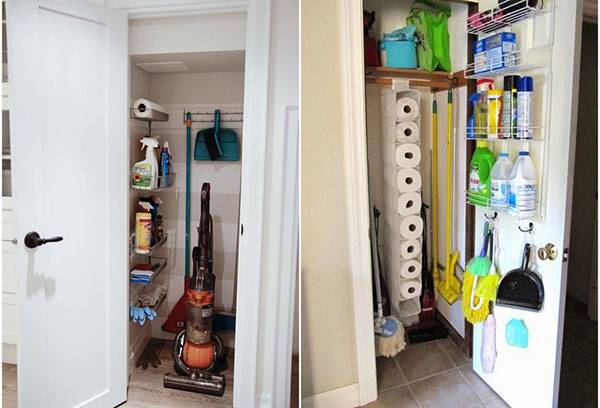What equipment will make cleaning the premises easier and faster?
Until recently, a labor-intensive process now becomes easier and more enjoyable. What are the requirements for storing professional equipment today? cleaning production premises and how to choose it correctly?

What kind of cleaning is there?
Cleaning, often now called the fashionable word “cleaning,” is necessary for everyone, regardless of living and working conditions. Every apartment, like every organization or enterprise, has cleaning equipment - be it a basic broom and dustpan or high-tech equipment. It all depends on the type of cleaning. Classification occurs according to mechanization, water use, location of cleaning and frequency.
Based on mechanization, a distinction is made between manual and mechanized harvesting.
Depending on the amount of water used, there are three types of cleaning.
- Dry cleaning – removal of dust using electric brushes, vacuum cleaners, sweepers or manually (rag, napkin, brush, broom).
- Wet cleaning – removing dirt from surfaces using a small amount of water. It is usually used after dry cleaning by spray cleaning with a spray bottle, wet mops, special wet wipes or rags.
- Wet cleaning – general cleaning using large amounts of water and disinfectants to clean floors, glass, tiles, and some types of furniture. It can be either manual or mechanized.
Cleaning can be internal and external.
- Interior cleaning intended for residential, as well as public and industrial premises.
- External cleaning used for cleaning streets, roads, parks, squares, and adjacent areas.
The frequency of cleaning is daily, weekly, monthly and general (on demand).
Types of inventory
The process of putting things in order is improved and made easier every year. Even an ordinary mop no longer resembles a wooden triangle with a rag. Just like cleaning itself, equipment for it has its own classification.
Equipment for manual cleaning
The following tools are used for dry cleaning:
- scoop with long and short handles;
- broom, brush with a long or short handle (improved broom).
The advantages of the brush are its durability, and the long handle allows you not to tire your back.
For wet and wet cleaning you will need two main items.
- Bucket (plastic, galvanized, enameled). Recently, plastic buckets have been predominantly used.
- Mop – with a sponge, with a platform, wooden, rope. Mops are also available in straight and angular shapes.
Equipment for mechanical cleaning
There are two main types of equipment for dry cleaning.
- Vacuum cleaner (with a dust collector, with an aqua filter, container and cyclone vacuum cleaners without bags). Modern models are also used for wet cleaning.
- Sweeper (mechanical, battery-powered, internal combustion engine, with operator's seat).
For wet cleaning you will need the following mechanisms.
- Washing machine. Typically used for large industrial premises. The size is selected according to the area being cleaned.
- Steam generator (electric, diesel, industrial).
- Carpet cleaning machine. For dry and wet dry cleaning of pile coverings.
Advice
It is better to choose a washing machine or sweeper for premises that is powered by batteries, since limited cables prevent high-quality cleaning of the premises. But when choosing battery-type equipment, you need to pay attention to its capacity. The machine must clean a certain area without recharging.
How to choose the right equipment?
When choosing equipment, you need to take into account the area to be cleaned and the nature of the contamination. In shopping centers, warehouses, train stations, workshops, and other large areas, compact but effective equipment is used that does not interfere with visitors. Offices usually use a set of cleaning equipment that allows them to perform all necessary types of cleaning. Hotel cleaning requirements require multiple cleaning kits.
Instead of rags and mops, which some cleaners still use today, a professional cleaning kit must include:
- wipes created with the participation of nanotechnology for cleaning any surfaces and crevices;
- mops with microfiber attachments;
- mop extraction systems;
- cleaning carts.
It is highly recommended to purchase a cleaning trolley for cleaning medium-sized premises - hotels, hospitals, offices. The device contains two buckets, one of which is used to squeeze out dirty water, the other - a clean solution for washing. The cart is also equipped with special compartments for cleaning products, napkins and other cleaning items. This is a professional cleaning equipment.
Important!
Professional equipment is simply necessary to restore order in kindergartens, schools, hospitals, clinics, catering establishments, hotels, and other premises with increased hygiene requirements.
Professional equipment for cleaning industrial premises is convenient, fast, and aesthetically pleasing. A consultant will help you understand all the advantages and disadvantages of the purchased equipment.
Bucketless room cleaning
Cleaning using the “bucket-water” principle has become so firmly established in our everyday life that it is quite difficult to give it up. Nevertheless, bucketless cleaning of premises, or the method of prepared mops (mop attachments), is widely used in Europe. It was invented in Finland 30 years ago. The method spread quite quickly, especially in medical institutions.
Cleaning consists of using prepared mops to clean only a certain area, then loading the contaminated nozzle into a container and using the next one. The preparation of mops involves soaking them in an appropriate cleaning solution after washing. Used mops are washed and disinfected. The cycle repeats. It is best to use microfiber pads. This method fulfills the requirements of the sanitary rules and regulations established in Russia in the best possible way.
Advantages of the method:
- putting things in order occurs much faster;
- saving water and detergents;
- increasing labor productivity;
- reducing the cost of purchasing mops;
- no need for a large staff of cleaners.
Are there any special requirements for storing inventory?
If you can store cleaning tools at home in any order, as is convenient for the owner, then sanitary rules and standards for storing cleaning equipment dictate their own requirements for the heads of enterprises and organizations.
- All cleaning equipment should be labeled or marked in a bright color.
- Carts, buckets, mops, mops must be stored in a separate room (for large production facilities, the storage area is at least 4 square meters).
- Machines for washing attachments and rags are installed in the storage area for cleaning equipment.
- Contaminated equipment is disinfected, washed in water and dried.
- Separate equipment is used for cleaning the floor and walls.
- For cleaning public spaces, it is better to use disposable wipes.
- The vacuum cleaner should be stored in a separate closet or room.
There are corresponding requirements for storing cleaning equipment in every area. The requirements are especially strict for educational, medical institutions, restaurant and hotel businesses.
Cleaning equipment is an individual choice. The main requirement for it is compliance with hygiene standards and ease of use. The correct choice of cleaning equipment will allow you to save on detergents and personnel in the future, and most importantly, save everyone’s valuable time.






I rented a warehouse space for a business and in this article I found a lot of useful tips for organizing cleaning there. Thank you